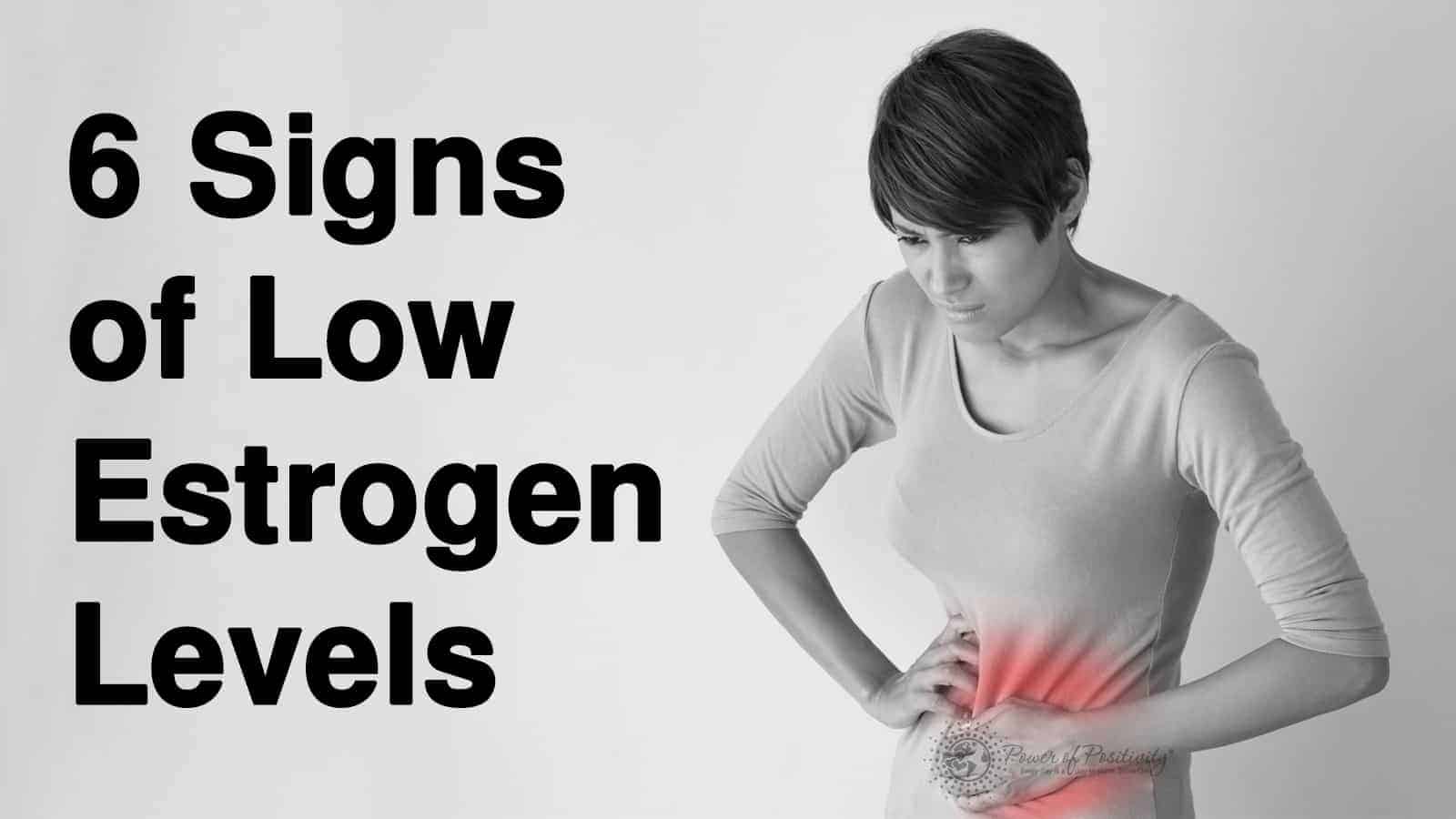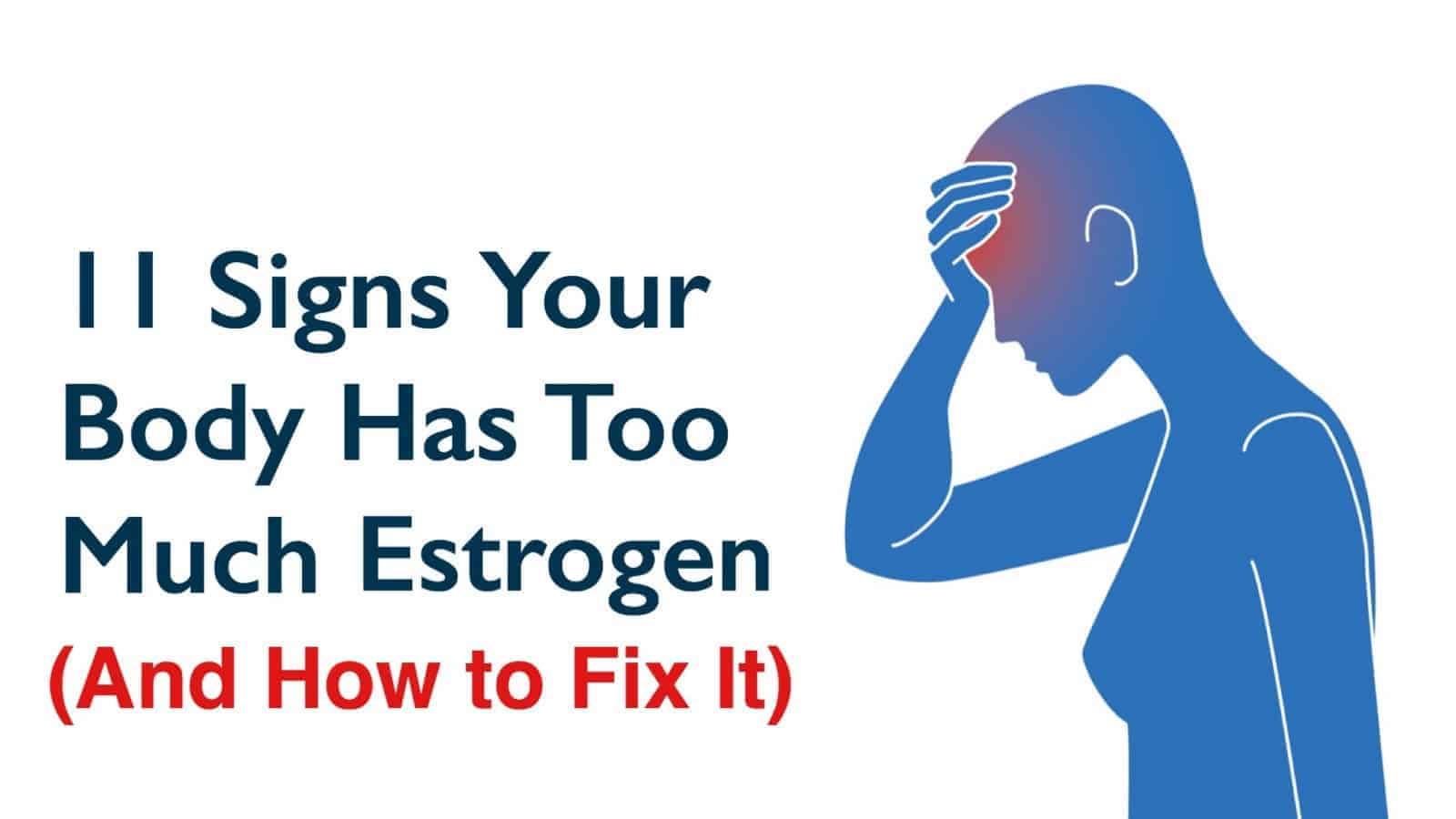Estrogen dominance: a condition where a woman can have deficient, normal or excessive estrogen, but has little to no progesterone to balance its effects on the body. Even a woman with low estrogen levels can have estrogen dominance symptoms if she doesn’t have any progesterone. ~ John Lee, M.D.
What is it?
Per Medical News Today, estrogen – the primary female sex hormone: “plays an essential role in the growth and development of female secondary sexual characteristics such as breasts, pubic and armpit hair, endometrium (membrane that lines the inside of the uterus), and the regulation of the menstrual cycle and reproductive system.”
Men Have it Too!
We’ll start off by clearing up a big misunderstanding: men produce estrogen and women produce testosterone! We’re all one big hormone-producing happy human family! (Sorry.) The difference, of course, is that your sex determines the dominant hormone.
The Complications in Men
Though estrogen dominance overwhelmingly affects women, imbalances of the hormone have triggered health problems in men. While the rest of this article focuses on female estrogen dominance, we include some info on excess estrogen in men. (The “fixes” included at the article’s conclusion are also applicable to us guys!)
Per BodyLogicMD.com, high levels of it in men usually correspond to low levels of testosterone. This hormone imbalance can lead to health problems: “High estrogen levels … contribute to prostate cancer and heart disease as well as gynecomastia (enlarged breasts).” “As the testosterone is transformed into estrogen the low levels of testosterone can cause many unpleasant symptoms including loss of muscle mass, fatigue, low libido, erectile dysfunction.”
What is Estrogen Dominance?
Estrogen dominance is a condition wherein females experience an imbalance of their estrogen and progesterone levels. Progesterone is a naturally occurring steroid hormone produced in the ovaries, the placenta (when pregnant), and the adrenal glands. The hormone helps prepare the body for conception and pregnancy, aids in stimulating sexual desire and regulates the menstrual cycle.
Progesterone imbalance also has repercussions. High progesterone levels are thought to be partially responsible for symptoms of premenstrual syndrome (PMS). Low levels of the natural steroid hormone may lead to ovulation failure or menstrual irregularities.
11 Signs of Estrogen Dominance
1. Weight Gain
One of the main symptoms of estrogen dominance is weight gain, especially in the hip area. Estrogen homeostasis is essential for maintaining a healthy weight. It’s also common to experience bloating or difficulty losing weight.
2. Swollen or Tender Breasts
Female breasts are sensitive to hormonal changes, as evidenced by the swelling and sensitivity during menstruation. Soreness and swelling around the nipples, particularly off-cycle, could be due to high levels.
3. Period Irregularity
High levels throw a loop in the hormonal apparatus responsible for maintaining regular periods. As a result, your period may show up earlier or later than usual.
4. Mood Swings
Under normal circumstances, estrogen increases cerebral blood flow and promotes neuronal activity, which helps us think. However, elevated levels are linked to anxiety, depression, and even panic attacks.
5. Decreased Sex Drive
Not much research has been done on the relationship – if any – between high estrogen levels and sex drive. However, given the myriad physical and psychological complications caused by estrogen dominance, this finding doesn’t surprise us in the least.
6. Headaches
Hormones influence how we humans perceive and process pain. The typical human biochemical reaction to pain is the release of endorphins, which helps to block the brain’s pain signals. However, hormonal fluctuations throw a wrench in this system. More frequently occurring headaches are often the result.
7. Hair Loss
When hair follicles are exposed to excess estrogen, they may shut down and stop responding to growth “commands.” Too much progesterone, thyroid, and DHEA supplements can also cause hair to shed.
8. Cold Hands And Feet
As mentioned, estrogen stimulates the body’s circulatory system – and too much of it slows down blood flow. The scientific rationale for this effect isn’t fully understood, but there’s a general consensus that a relationship exists.
9. Sleep Difficulties
It’s is an ‘excitatory’ hormone – it hypes us up. However, just like caffeine, too much can keep us awake. Unfortunately for those who deal with estrogen dominance, sleep troubles are a recurring problem.
10. Forgetfulness
Per Healthline, “Estrogen is one major hormone that can impact memory before or during menopause.” As the hormone assists in regulating our neurochemistry, it’s predictable that an imbalance may affect short-term memory.
11. Heavier Periods Than Usual
Known as Perimenopause, the lining of the uterus becomes thicker than usual. The disproportionately higher levels of progesterone relative to estrogen cause this effect.
Rebalancing Your Hormones
Dr. Josh Axe recommends the following seven steps to naturally rebalance hormones, including estrogen (testosterone, adrenaline, and insulin).
- Replace simple carbs with healthy fats.
- Use adaptogen herbs – a class of healing plants (ashwagandha, holy basil, medicinal mushrooms, rhodiola.)
- Practice acupuncture or breathing exercises.
- Try essential oils or aromatherapy.
- Consume healthy amounts of vitamin D, omega-6 fatty acids, and probiotics.
- If you take prescription meds, ensure you’re aware of potential side effects.
- Get at least 7-8 hours of sleep.

















